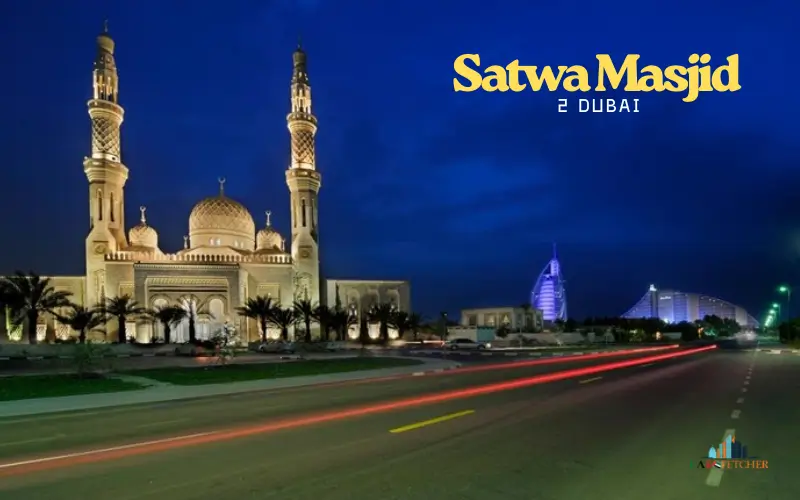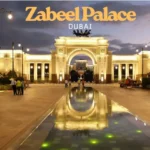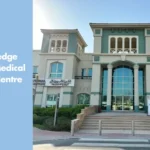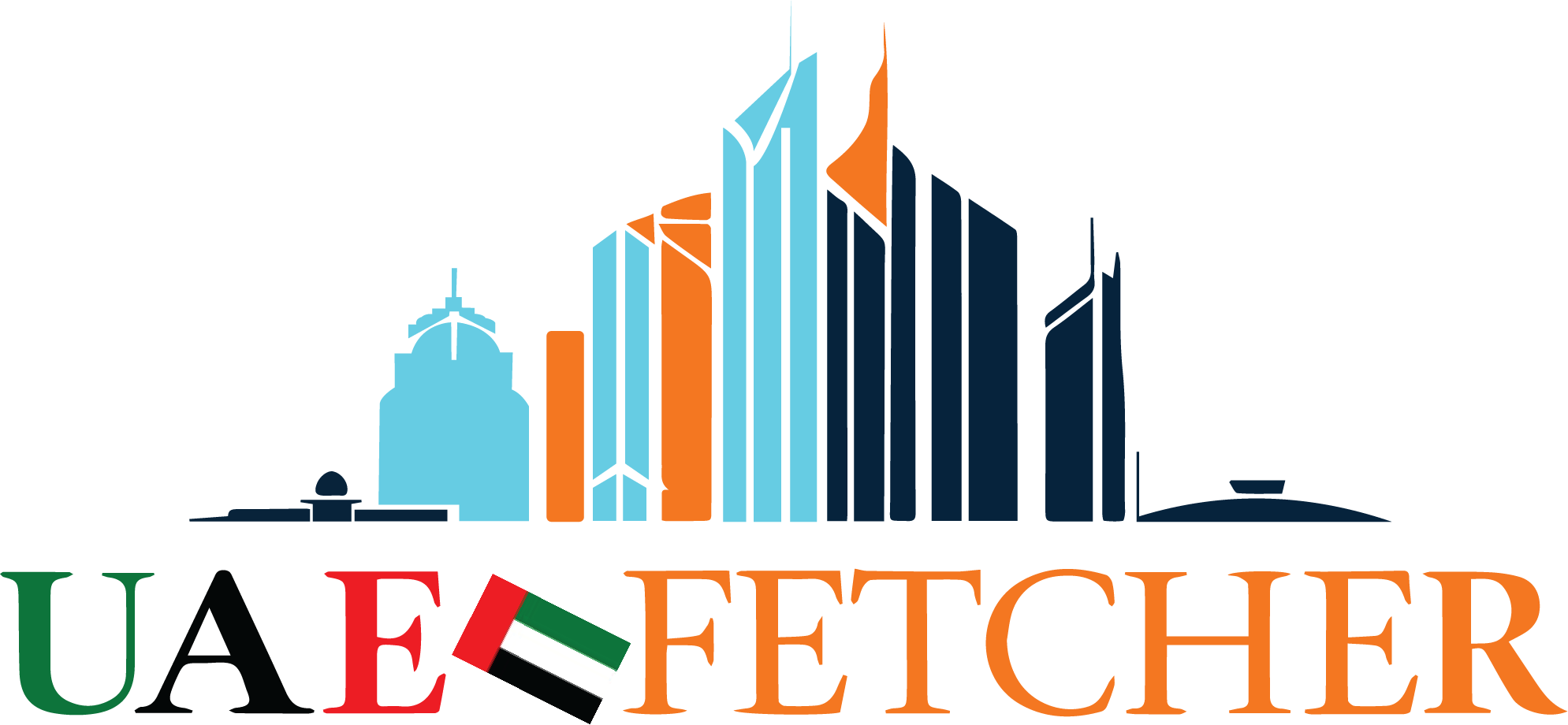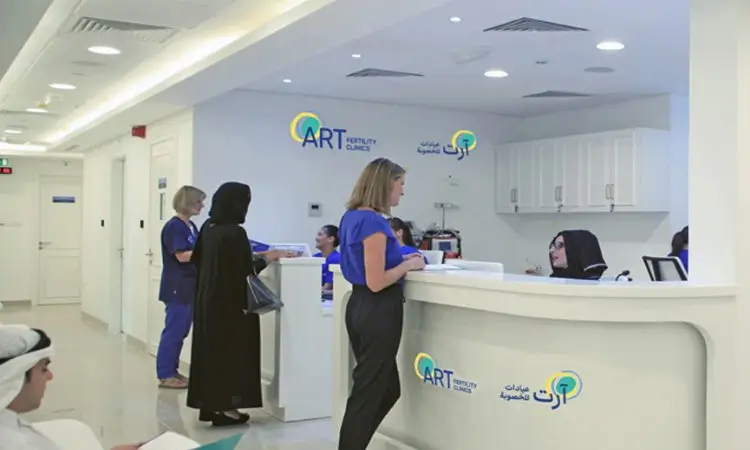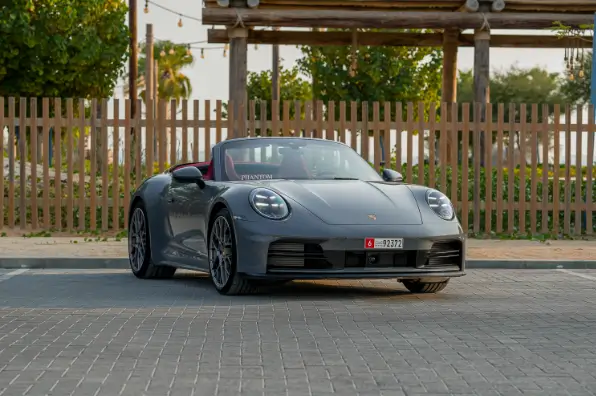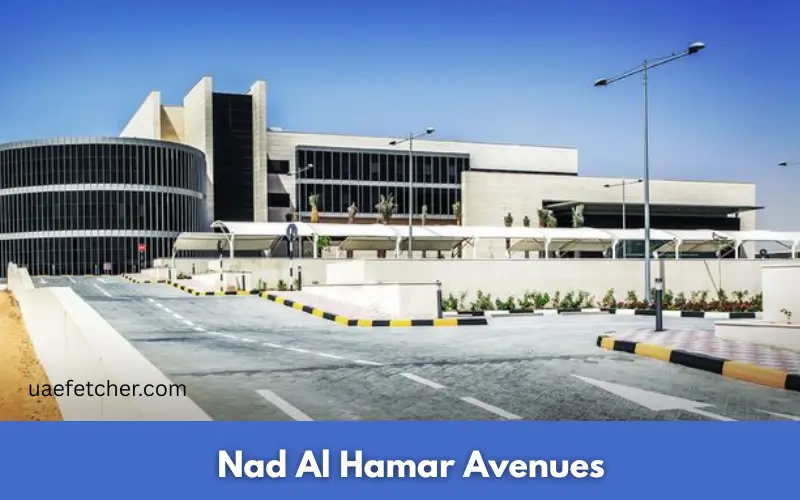Satwa Masjid 2, Introduction
Satwa Masjid 2 is located in Al Satwa, one of Dubai’s most vibrant and culturally-rich neighborhoods. This mosque plays an important role in Al Satwa’s spirituality and communal life. Dubai’s grand mosques, such as the Jumeirah Mosque and the Grand Mosque of Bur Dubai, are well-known. Satwa Masjid 2 is a smaller and more modest building that has a strong relationship with residents.
Satwa Masjid 2 may be less well-known in Instagram clips or travel brochures, but it’s no less important. The mosque is a place of prayer, education, dialogue,,ue and charity. It hosts hundreds of people every day.
History of Satwa Masjid 2.
Al Satwa’s Growth and Establishment of the Mosque
Dubai was in a state of transformation in the 20th century. It grew quickly from a trading center to a modern city. The need for more religious centers increased as more people settled in the Al Satwa area, mainly expatriates and working-class residents from South Asia and the Middle East.
Satwa Masjid 2 opened to satisfy this demand. There is no public record of the year it was founded, but many people believe that the building was constructed in the 1990s and 1980s when Dubai expanded rapidly into Al Satwa. It has been a part of local Muslims’ daily lives for many years.
The Place Beyond Prayer
The Daily Role of the Community
Satwa Masjid 2 has a community centre, unlike some mosques,, which are only used to pray. The mosque is a place where people come not only to pray but to learn, meet up, help out, or volunteer. The mosque is transformed into an oasis of generosity and joy during Ramadan.
The Friday Jumu’ah prayer creates an atmosphere of unity and brotherhood. Here, children come for Quran lessons. In the courtyard, older men share stories. The women participate in spiritual and educational gatherings. Satwa Masjid 2, more than a simple building, is a part of the community.
Satwa Masjid 2, Architectural Design
Moderate on the outside, peaceful on the inside
Satwa Masjid 2 is a much simpler mosque than the marble ones of Dubai. Its exterior has been painted white. Don’t be fooled by its simplicity. This mosque is a traditional Islamic building with simple lines and modest domes. It also has a minaret that gently rises from which the five daily calls to prayer are made.
Arabic geometric patterns are used to decorate walls. The patterns on the wall aren’t just decorative; they are also part of Islamic art traditions, which avoid using human and animal figures.
Interior design and layout
The interior of the mosque is serene. The carpeting in the prayer room is kept clean. The separate spaces for women and men ensure comfort and privacy for worshippers. The ablution areas (wudu), which are kept clean, have a calm atmosphere enhanced by the Quranic calligraphy that decorates the walls. It is important that the acoustics of the mosque are well-balanced to ensure that imams can be heard clearly when they deliver sermons and pray.
The soft lighting at night adds to the tranquil atmosphere and makes it a perfect place for reflection.
Must Visit: Satwa Roundabout Dubai
Accessibility for all
This mosque reflects Dubai’s commitment to inclusivity. The mosque is easily accessible to the elderly, as well as people with disabilities. The mosque has clear signs in Arabic and English that guide visitors through its sections.
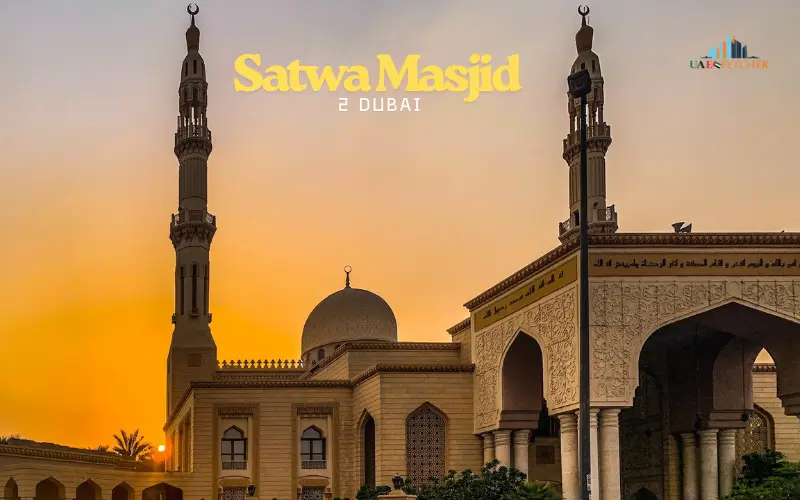
Religious Worship and Services
Everyday Prayers
All five prayers are held in the mosque punctually. After certain prayers, the Imam is a kind and well-educated figure who leads and reminds everyone.
Friday Prayers (Jumu’ah)
It is the Jumu’ah (khutbah), the sermon, that attracts the largest crowds during the week. The sermons are usually in Arabic, but they can be translated into English or Urdu for a wider audience. The sermons usually cover moral guidance, community concerns, and Islamic teachings.
Ramadan Events and Eid
Satwa Masjid 2 is very special during Ramadan. The mosque offers free meals every evening to feed fasting Muslims, many of whom work or are workers who do not have family near them.
Taraweeh (night prayers) are conducted daily, and the mosques are decorated beautifully with lights. The mosque is filled with people dressed up in their finest clothes, praying together in celebration of gratitude and faith during Eid.
Islamic lectures
The following topics are covered in weekly sessions:
- Quranic Tafsir is an interpretation of the Quran.
- Hadith Studies
- Fiqh (Islamic law)
- Seerah (Prophet Muhammad’s life)
The sessions are free and open to everyone. They often feature a Q&A segment.
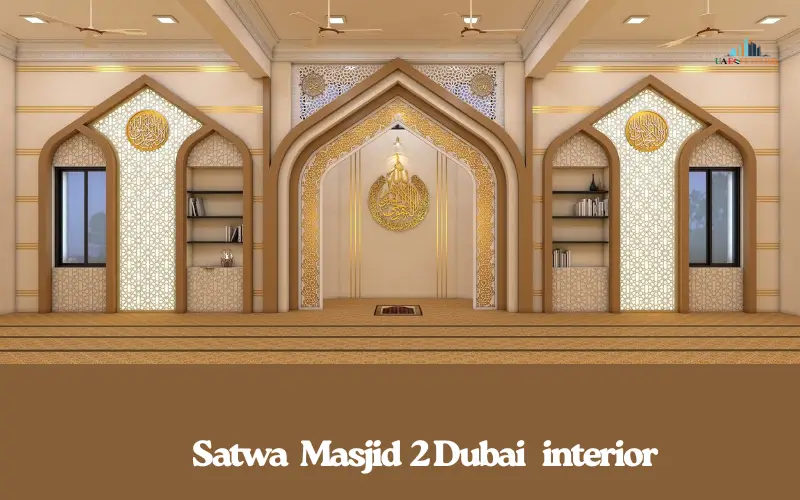
Education Activities
Satwa Masjid 2 also serves as an Islamic education center.
Quran Classes
Children and adults can attend free Quran recitation and memorization classes. Students are helped by teachers to improve their Tajweed and understand the verses.
Islamic Studies
Some weekends are reserved for weekend classes that cover the basic skills of:
- Beliefs
- Worship laws (Fiqh)
- Character and manners in Islam
Women’s Education
There are special women’s programs at the mosque, which are taught by female scholars or teachers. The topics include Islamic etiquette and the role of women in Islam. These sessions include workshops and group discussions.
Community Services
Satwa Masjid 2, a mosque in the city of Satwa, is heavily involved with charity and welfare programmes.
Donations Drives
- Iftar meal distribution during Ramadan
- Collection of Fitrah and Zakat, and their distribution to those in need
- Winter clothing drives for workers
- Campaigns to provide medical aid in partnership with clinics nearby
Counseling Services
Imams and community elders provide family counseling at the mosque. Included are:
- Marital problems
- Teen challenges
- Conflict resolution
The sessions will be held with respect and privacy.
Interfaith Outreach and Community Harmony
The mosque, which primarily serves Muslims, has participated on occasion in interfaith discussions with non-Muslims and churches. Dubai has a wider vision for tolerance and coexistence, which is reflected in these efforts.
Tourist Attractions and Cultural Interests
What Do Tourists Do When They Visit?
- Satwa Masjid 2, which is located in Dubai, welcomes visitors respectfully.
- The mosque is a great example of traditional architecture. It features a dome, a minaret, and an open courtyard.
- Culture: Non-Muslims are not allowed to enter the mosque during prayers, but they can still visit it at any other time and admire its beauty.
- Al Satwa, a friendly neighborhood, is known for the multicultural mixture of shopping, dining, and social places. A mosque visit can be part of an overall cultural tour.
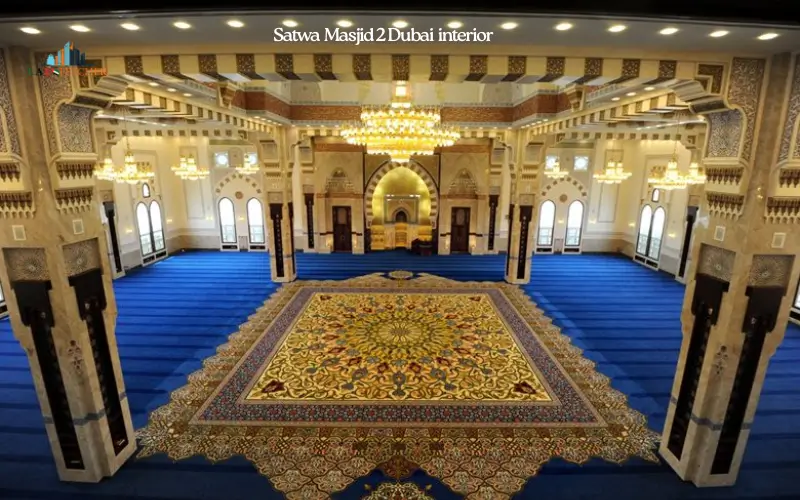
Satwa Masjid 2, How to Reach it
Public Transport
- Near the mosque are bus routes 32C, C14, and 93.
- Satwa Bus Station (five-minute walk from the mosque).
Metro
- Closest Metro Station: Emirates Towers Station (Red Line)
Take a taxi or a bus to get there.
You Can Drive Your Car
Google Maps and GPS can be used to find the Satwa Mosque in Dubai. Parking is paid on nearby streets, particularly during the non-prayer hourss.
Landmarks Nearby
Satwa Masjid 2 can be found near:
- Satwa Bus Station
- Iranian Hospital
- Al Badaa Park
- Al Wasl Road
- Markets and food stands in local areas, as well as textile stores
Satwa Mosque Prayer Timings
Here’s a typical prayer schedule:
| Prayer | Time (Approx.) |
| Fajr | 04:30 AM – 05:00 AM |
| Dhuhr | 12:20 PM – 12:35 PM |
| Asr | 03:45 PM – 04:15 PM |
| Maghrib | 06:50 PM – 07:05 PM |
| Isha | 08:15 PM – 08:45 PM |
Note: Timings may change daily and during Ramadan. Please confirm with the mosque’s notice board or Islamic apps.
Visitor Etiquette
When visiting, show your respect.
- Dress modestly. Both men and women are encouraged to cover their legs and arms. Covering hair should be done by women with a scarf.
- Take off your shoes before entering the prayer room..
- Avoid unnecessary noise and speak quietly.
- No Photography Inside: Respect worshippers’ privacy. Outside the mosque, photos are allowed.
Why Satwa Masjid 2 Matters
Satwa Mosjid 2 doesn’t look like a tourist destination. This mosque is a symbol for unity, modes ty, and faith. Dubai is modern, luxurious, and still respects tradition, faith harmony in the community.
This mosque is a great place to visit, whether you are a local, traveling for spiritual peace, or curious about Emirati and Islamic culture.
FAQs
Non-Muslims can visit the mosque.
No, not at prayer times. Community outreach may arrange tours.
Does it cost money to go on a tour?
The mosque does not charge for visiting.
Do Friday sermons have to be in English?
Sometimes. Some parts are translated into English and Urdu.
Do I have the right to take photos?
Photos are only allowed outside. No photos inside the mosque.
Does the area have a place for women to pray?
You can, but with separate entry, ablution, and education programs.
Last modified: July 27, 2025

